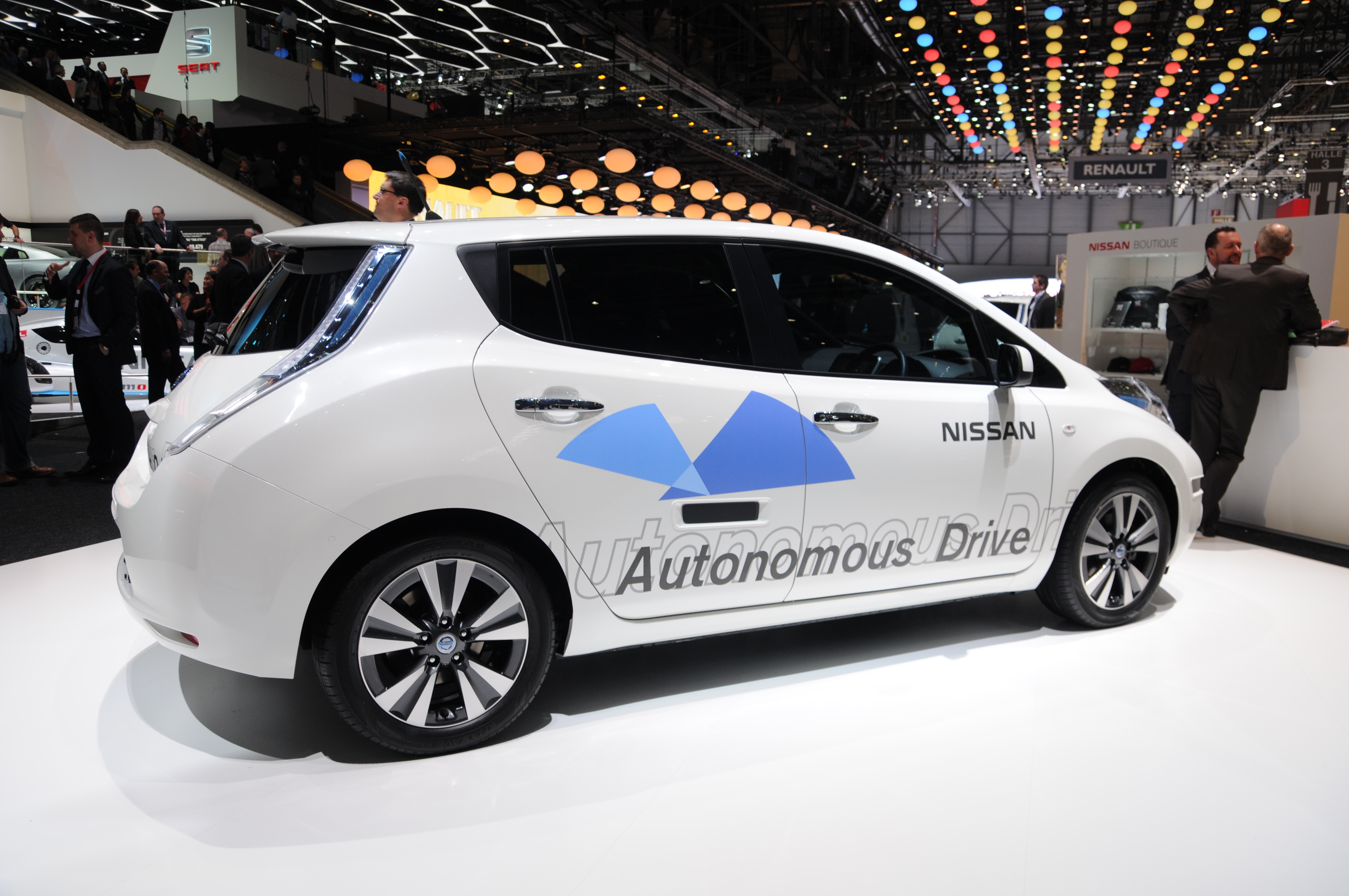Welcome to the Sandbox’s weekly tutor blogs. We’ll be posting tech-related content from the news/ our lives that we find interesting and worth sharing. The first of this semester is a piece about self-driving cars. Enjoy!
As a city-dweller with easy access to public transportation, my motto has always been: “car-free is care-free.” Now as it turns out, your commute could be both free of cost and driver-free without the hassle of taking the T. Last week, Uber rolled out a program in Pittsburgh to offer free rides via its self-driving cars. After recruiting a team of engineers from Carnegie Mellon University’s National Robotics Centre and acquiring an autonomous truck startup called Otto, Uber is now testing its self-driving cars in the real world.
Uber is known to be tech-savvy in aspects of its business even in its talent scouting and recruiting. I myself have received coding challenges while taking an Uber ride. The developments in the autonomous car sector are particularly exciting for me given my experience with computer vision and machine learning. Over the summer, I worked for a startup aimed to assist with parking lot navigation. This featured overhead drones in a parking lot that would help guide the user to a vacancy, reducing the time taken circling around looking for spaces. I saw how difficult it was to detect and track cars and differentiate them from things like trees or buildings. Using a branch of artificial intelligence called deep learning, I trained a classifier to distinguish these objects. Deep learning, in addition to sensors, LiDAR, and GPS, allows self-driving cars to react more quickly to hazards in the roads.
As there always is with new technology, a good portion of the general public is not comfortable with the idea of a self-driving car. What if there is an accident? Can I take a car to court? Despite these concerns, self-driving cars are law-abiding and much safer than human drivers. By eliminating humans from the equation, the thousands of automotive accidents a year will be reduced to close to none. And with some friendly competition, this future of solely autonomous cars may be closer than we think. Lyft hopes to have mostly autonomous cars in its network by 2021. And by 2025, Lyft’s president foresees that we will no longer own personal cars, opting for self-driving rideshares instead. Will these cars really take over the roads in the next decade? We’ll just have to wait and see.



